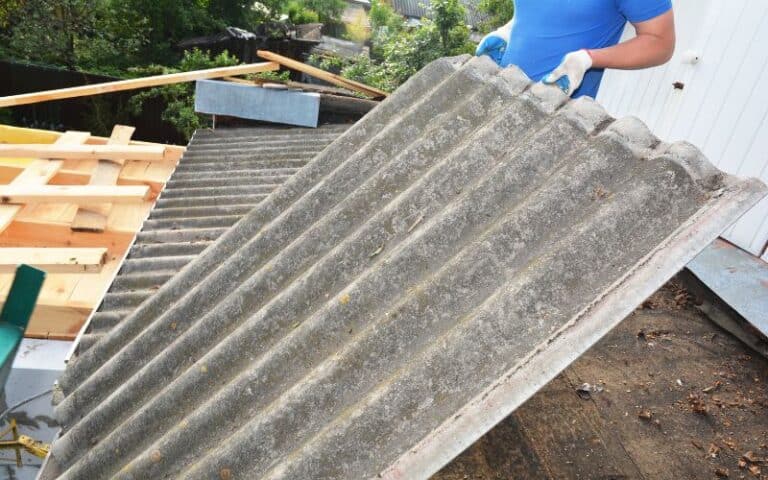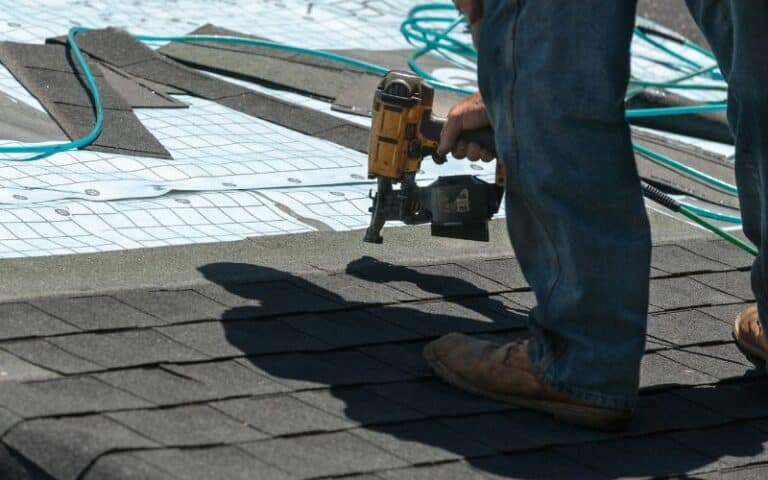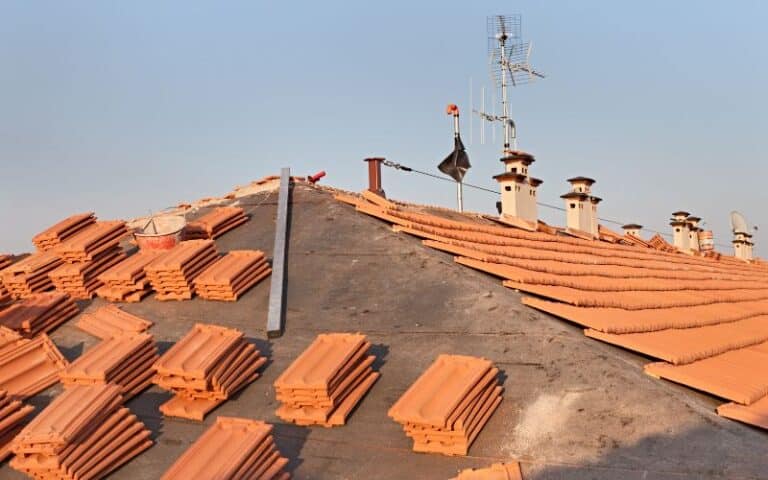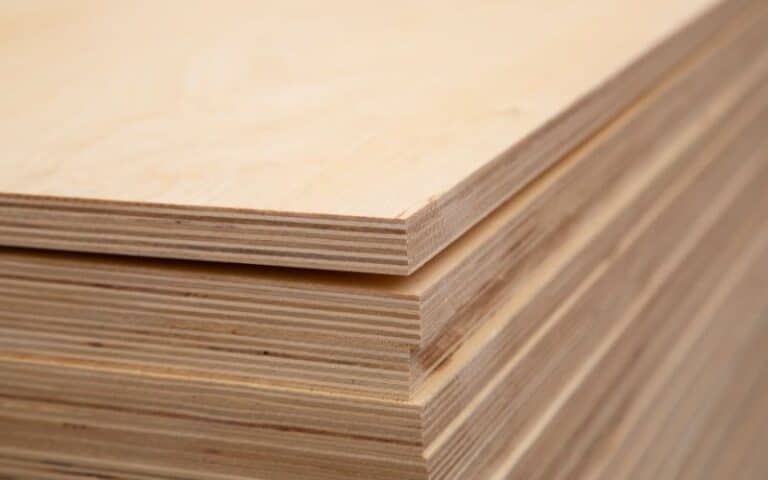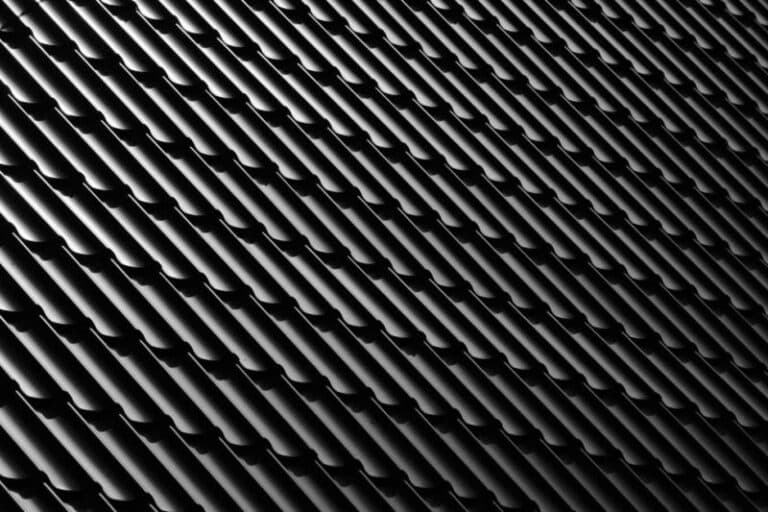Intake vents are necessary to keep a home’s attic well ventilated. The vents allow cold, fresh air to enter the attic.
As that happens, the warm stale air will flow out, keeping your attic space fresh. However, the question for homeowners and contractors is which intake vent to install.
Edge vents are good because the contractor can install them on the roof with or without overhangs. However, they are more expensive, and you can only install them on roofs with overhangs. Soffit vents, on the other hand, are the most effective for air intake.
Ready for a Roofing Quiz?
Which Roofing Vent Is Better; Edge Vent Or Soffit Vent?
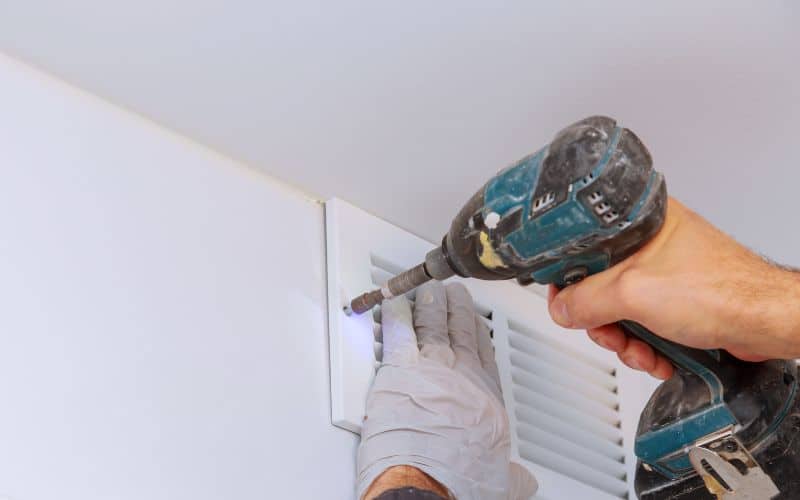
Soffit vents are better than edge vents. For most contractors and engineers, soffit vents are the most effective intake vents. Soffit vents go on the underside of the roof, also known as the eaves.
The fresh air comes in through the lowest point in the roof, which improves the air intake in the attic. With Soffit vents, the attic is well-ventilated, even as it heats up and rises.
The mechanisms and functions of edge roofing vents aren’t very different from that of soffit vents. The functions are almost identical, but edge vents are not as efficient as soffit vents.
Although edge vents also get cool air in and warm stale air out, the results are not as good as those of the soffit vents.
So, edge vents are not the preferred option among contractors and homeowners. However, the edge vents come in handy for homes that don’t have enough space to install a soffit.
The soffit is the best intake air vent, but it takes up some space. So, you can only install it on a roof with enough room. And that’s where the edge vents come in.
People mostly only use edge vents when the roof doesn’t have space for soffit vents.
Soffit vents also look better after being installed; soffit vents go right under the eaves and add an aesthetic quality to the house, or at least it doesn’t take from it.
On the other hand, edge vents are installed on the roof’s edges. So, most people prefer Soffit vents, especially if they have space.
It is more effective, neater, and looks better. Soffit vents also last longer. Edge vents are mostly a second option for homes that don’t have enough space to accommodate soffit vents.
| Edge Vents | Soffit Vents |
|---|---|
| Take up less space | More efficient |
| Less expensive | Require more space |
| Installation requires more effort | Easier to install |
What Are Edge Roof Vents?
Edge roof vents are intake vents manufactured by Air Vent, a leading industry in residential attic manufacturers. Edge roof vents are shingle-over intake vents installed on the roof’s edge.
Air roof vents are mostly used as intake vents when the building has no room for soffit vents. Since Edge vents are installed on the roof’s edge, they don’t take up a lot of space.
So, they are an alternative to soffit vents when there is no overhang on the roof. A drip edge is a roofing material that is put directly underneath the first line of shingles on the roof.
The drip edge helps drain water from the roof into the gutters. And a drip edge vent is incorporated into the roofing material.
Drip edges are malleable metal, with little holes drilled on or attached to the roofing vent. Installing the edge vent is complex; only a professional should install edge vents.
Sometimes contractors use edge vents as an addition or replacement for soffit vents.
They mostly use edge vents when the home does not have sufficient room for soffit vents. Or in addition to when the roof cannot utilize sufficient soffit vents for its air intake.
But edge vents can not be as effective as one would hope because they have a very small surface area, especially when you compare them with soffit vents.
The available airflow, or the airflow that will enter through the vents, will be quite small.
But, contractors do not only recommend it for homes with no space for a soffit. They also use it on complex roofs where the soffit alone will not provide adequate ventilation.
Can Edge Vents Be Installed On Old Roofs?
You can install intake vents on an old roof, as long as there is no loose-fill insulation on the eaves and no blockages on the rafter bays. You can install any intake vents on an old building.
Installing edge vents can take some work, but that depends on your setup. The building’s roof is the most important factor in installing vents.
All you need is the right materials, and the roof of the building can accommodate the vent.
As long as the old roof has a drip edge, you can install an edge vent on the roof easily. The edge vent is also better for smaller spaces that don’t have a lot of room for soffit vents.
And the vents work very well, and most old homes don’t have attic ventilation, which makes the space damp and moldy.
So, it’s not uncommon to see homeowners installing vents during a remodel. And since several old homes don’t have enough room for soffit, they use edge vents.
Edge vents work almost as well as soffit, and they don’t take up a lot of room. And, if you install edge vents together with an exhaust vent, it will work perfectly.
However, consider all your options before settling for edge vents. You can install soffit vents or over fascia vents instead of edge vents.
How Do You Install Soffit Vents?
Installing soffits in your home can improve the airflow in your attic. The entire ventilation will get better with proper ventilation.
And most homeowners and contractors agree that soffit vents are the best intake vents available.
So, if you want to install soffit vents to increase the airflow in your home, you can find out how.
- First, use chalk to make two parallel lines from the top to the center of the soffit. Leave two inches between the lines.
- Also, let the soffit overlap the cutout by half an inch on each edge.
- Take a circular saw and cut to the exact depth along the chalk lines. Make a one-inch hole between the lines, through the soffit, and measure its thickness.
- It should be ¼ of an inch or ⅜ inches.
- Please don’t cut it off when you get to the soffit’s end. Instead, connect the two cuts with a chisel or a saber saw.
- After you make the cuts, remove the plywood stripe. You can use a thin pry for that. And carefully remove any nails left in the soffit.
- Next, check the cutout for the vent for any insulation that may clog it. You can pull it out or shove it up if you find any.
- Place the vent on a straight wooden surface. A 2X4 will suffice, and drill holes through each flange.
- The holes should be 1.8in.-dia. Leave a space of 12-15 in between each hole. Then, take the vent over the slot you’ve cut out.
- Attach the vent to the soffit with a ½in No.4 sheet screw. Install some more vents till you get to the end.
- Use snips to cut the last vent to the appropriate length. And your new soffit vents are in place.
- You’ll need to check and confirm that no insulation is blocking the airflow through the new vents.
- If the attic has any insulation, such as fiberglass batts, remove the ones blocking the airflow.
What Is The Best Roofing Vent?
Roofing vents are very good for the home. They supply the attic with fresh air and allow it room to breathe. Attics that aren’t well-ventilated tend to damage over time.
So the goal is to install the best that will provide your home with adequate ventilation. There are two roofing vents: exhaust vents and intake vents.
And there are several options for exhaust vents.
- Wind turbines
- Power vents
- Off ridge vents
- Hardwired roof vents
- Ridge vents
- Box vents
- Solar-powered roof vents
- Hip vents
- Cupola vents
The best exhaust roof vent is the ridge vent. Although it has only recently entered the market, it is the most popular roof vent for contractors.
The vent is installed at the peak of the roof slope, and if you don’t pay close attention, you may not even see it.
Ridge vents are also the most efficient kind of exhaust. Their design enables them to ventilate every part of the house, not just some areas.
With that feature, they are more effective and efficient than other options. The best intake roofing vent is a soffit vent.
Soffit vents are installed on the eaves underneath the roof. They also perform efficiently and are very effective.
Soffit vents are expensive but well worth it. With soffit vents, your attic or roof space will be cooler. And you can save some money on cooling your home.
Conclusion
Soffit vents are more efficient and more popular than edge vents. The only downside is that not all buildings have extra roof space to accommodate soffit vents.
That’s why some contractors choose edge. They’re also good and take up very little space.

